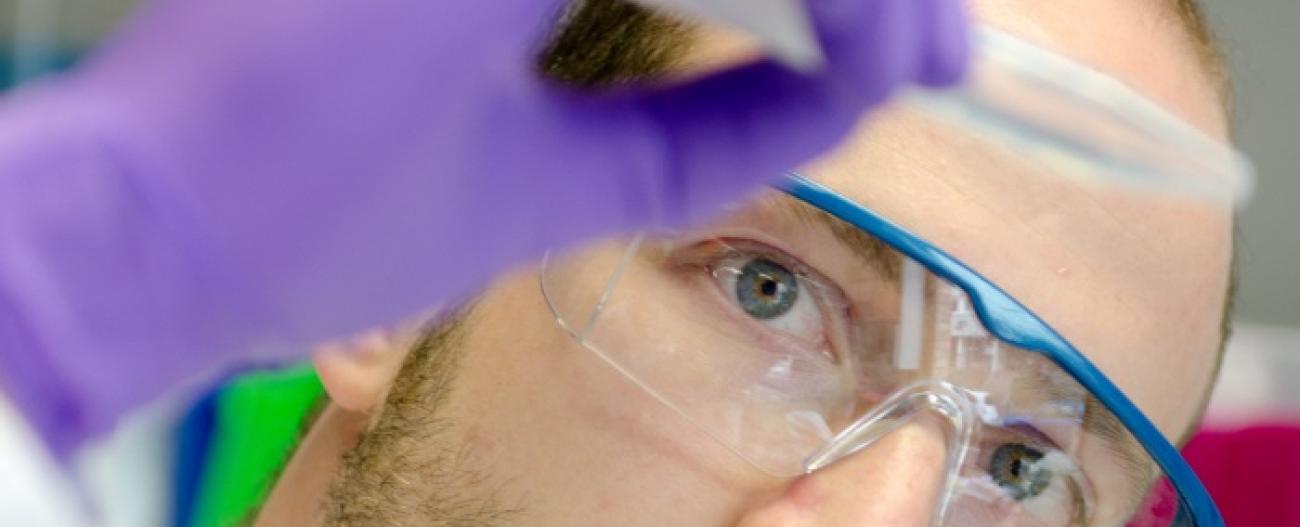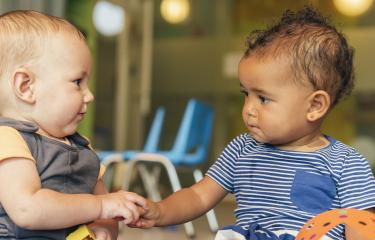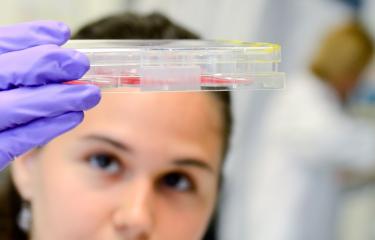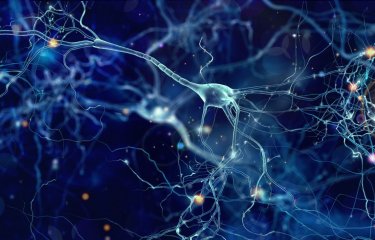Arthur has been rocking backwards and forwards for several minutes. At his feet is a drawing, identical to the one he drew a few hours earlier, and to others he will create again and again. His mother calls him. He takes no notice, as though he hadn’t heard. At 5 years old, Arthur is in his own world. Like more than 100,000 other children in France – and, according to some estimations, 650,000 other people including adults – he has autism. Autism is a common syndrome, affecting one child in 100 at birth, and it manifests itself in a variety of ways depending both on the diversity of associated symptoms and on the degree of severity. It is for this reason that we now refer to "autism spectrum disorders". Some specialists choose to refer to "autisms", rather than autism in the singular.
The first signs appear between birth and 3 years old
A common pattern in autism spectrum disorders is that they appear within the first three years of life (persisting into adulthood) and manifest themselves as difficulty in establishing social interactions and communicating with others as well as behavioral problems associated with a limited range of interests and stereotypical, repetitive actions. They are almost invariably accompanied by learning difficulties, and cognitive impairment is seen in about a third of cases. Girls are four to eight times less likely to be affected than boys.
People with autism often seem to be isolated in a sort of internal world, and others have trouble getting through to them. They do not establish the various types of contact – in particular eye contact – required for building relationships. In fact, they would appear to avoid doing this. Their communication problems involve both language and non-verbal communication (gestures, facial expressions, tone of voice, etc.).
Behaviors may be repetitive (rocking backwards and forwards, hand clapping, spinning, etc.), self-harming (biting their hands, banging their heads, etc.) or inappropriate (crying or laughing for no obvious reason, etc.). Many people with autism have unusual fears and are uncomfortable with change (of place, routine, clothes, etc.). An unforeseen situation may trigger an anxiety, panic, anger or aggression response in them.
A disability and its associated problems
However, we have already said that the level of disability is extremely variable, from very mild to severe. Asperger’s syndrome, for example, is included in autism spectrum disorders, and is associated with very high cognitive development, contrary to many other types of autism.
To complicate matters, autism is almost invariably accompanied by other problems, such as disturbed sleep, epilepsy, psychiatric disorders (anxiety, attention deficit and hyperactivity).
Some associated disorders can now be partially treated but, to date, there is no effective complete treatment available. Educational, behavioral and other therapies bring an improvement in certain symptoms, but results vary from one person to the next. However, we do know that it is possible for non-verbal communication and language to continue to improve throughout a person’s entire life.
It is common knowledge that parents face a constant battle in finding the right level of care for their children, given the lack of specialist facilities offering behavioral methods.
See below : An exhibition panel describing research about autism, during the Pasteurdon 2010. © Institut Pasteur
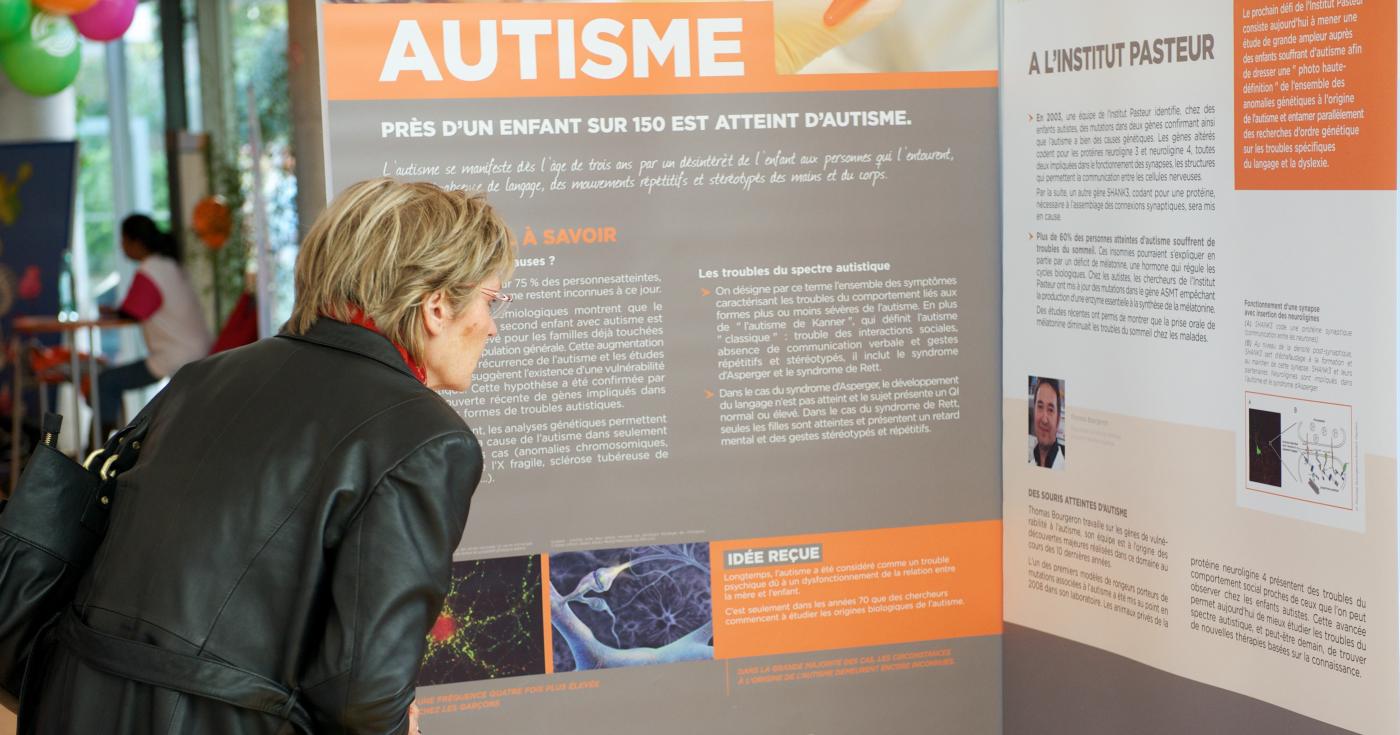
Investigating the causes of autism
How is research addressing this bleak state of affairs? What do we understand of the causes of autism, and what might we hope for the future?
Explanations for the causes of autism have been sought since it was first described by child psychiatrists Leo Kanner in 1943 and Hans Asperger in 1944.
Since the 1970s, studies in twins have confirmed a strong genetic influence in autism spectrum disorders. Studies have centered on how the second twin fares if the first is autistic, with results showing a concordance in 92% of identical (monozygotic) twins and 10% in fraternal (dizygotic) twins. Larger-scale studies (involving up to 3,000 pairs of twins) were subsequently carried out between 2005 and 2009, giving figures of 77 to 95% and 31% respectively.
All these studies suggest a genetic component, but shed no light upon the number and type of genes involved. Studies in molecular genetics were subsequently undertaken to address this question.
Human neurons in culture
It has become possible for studies of neurons to be conducted in the laboratory without even touching a person’s brain. Neurons can now be harvested from a small skin biopsy. The technique was developed in 2006, and consists of using 3 or 4 skin cell molecules to convert fibroblasts into stem cells and then differentiate them into neurons. You can find out more about the neurons in culture technique for studying human neurons in the 95th edition of La Lettre de l’Institut Pasteur (see below).
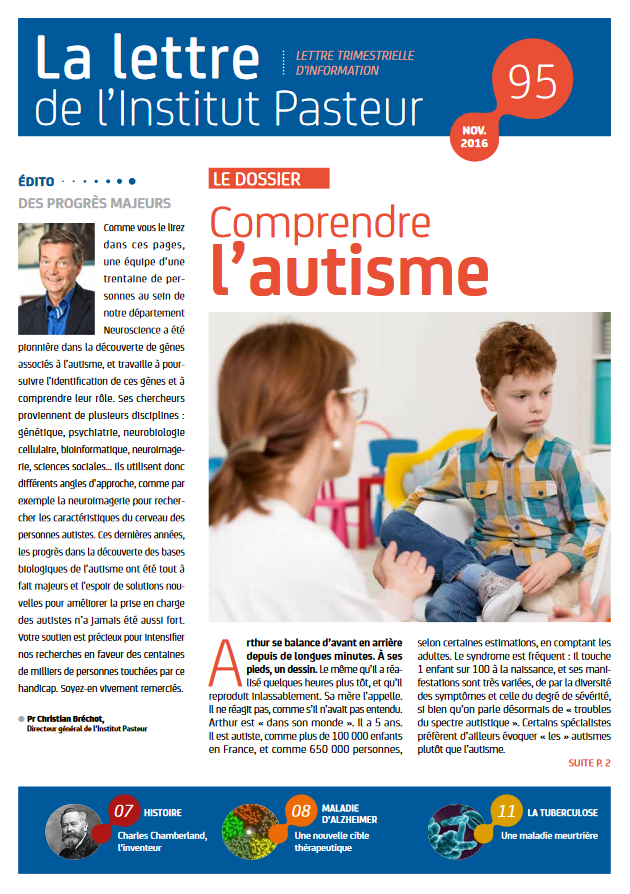
The discovery of hundreds of genes
The last 15 years have seen huge growth in research into the genes involved in autism, with the development of DNA sequencing techniques and whole genome analysis. The first gene to be clearly associated with autism cases was discovered at the Institut Pasteur in 2003 (see Interview below). Since then, over 800 genes have been found to be involved in autism.
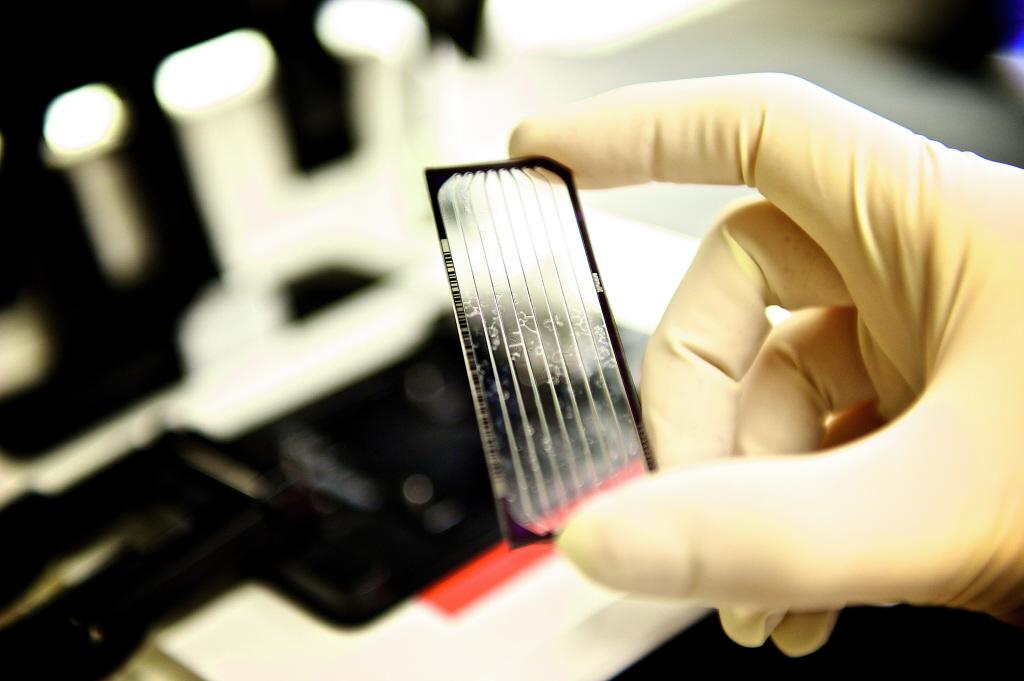
Although it is now accepted that genetic factors play a major role in susceptibility to autism, the genetics of autism spectrum disorders are extremely complex, with very varied patterns in different people: in some cases the alteration of a single gene may lead to the majority of symptoms; in others the genetic architecture is far more complex, and probably involves over 1,000 genetic variations that have no impact individually but together increase the risk of autism. Autism therefore takes many different genetic forms. In addition, in 10 to 25% of cases (in particular in those who have autism combined with cognitive impairment), genetic defects are not inherited but de novo.

Finding the genes linked to autism isn’t the whole story. We need to understand what these genes do.
Your team discovered the first genes to be associated with autism. At what stage is this research now?
In 2003 we discovered a first gene linked to cases of autism – a neuroligin – and then in 2007 we discovered the SHANK3 gene in other patients. Since then we have characterized a number of other genes and are continuing genetic research in people with autism, collaborating daily with clinicians in France, such as Richard Delorme (Head of Child Psychiatry at Robert Debré Hospital in Paris) and Marion Leboyer (executive director of the FondaMental Foundation in Créteil) and also with Christopher Gillberg (Director of the Gillberg Neuropsychiatry Centre) in Sweden. Our methods have seen great improvements, mainly because, in order to study a more extensive number of patients, we now work within consortiums such as EU-AIMS, the largest European Consortium on autism, for which I am principal investigator for genetics. We also use more powerful techniques, for example whole genome sequencing. But finding the genes linked to autism isn’t the whole story. We need to understand what these genes do.
So what exactly is currently known about the role of these genes?
The neuroligin discovery in 2003 suggested the involvement of "synaptic pathways" – synapses being the points of contact between neurons – and this hypothesis is being confirmed. Neuroligins encode adhesion proteins at the synapses. The majority of known genes appear to be involved either directly or indirectly in synapse function, and therefore in the connections between neurons. Here, too, we see differences between various forms of autism, with some people having too many synapses and others not enough.
Does your laboratory participate in studies on the function of these genes?
Absolutely. This is the second focus of our research: understanding the biological role of the genes associated with autism. For example, we are using imaging to study the brains of autistic people in relation to their genetic profile, and we are conducting studies on different experimental models, such as cell models, which consist of studying patients’ neurons in culture. We would like to gain a detailed understanding of the biological defects present in patients: we must observe anomalies if we wish to correct them.
May we hope that there will one day be a treatment for autism?
We recently took part in a molecular screening study, which consisted of testing molecules on neurons from patients with a mutation of the SHANK3 gene: 205 molecules – existing drugs used to treat other pathologies – were assessed individually; two of them increased expression of the gene – in other words they repaired the anomaly, at least partially. We are therefore starting to see therapeutic possibilities. But the issues are complex, inasmuch as each person with autism is almost an individual case, and a molecule that works for one person may be ineffective for another. We will need a battery of molecules and a number of different therapies. We can then analyze the patient’s genome to find out what type of autism is involved and from that determine the drug that should be administered. I believe that many things can be improved with pharmacology. However, there will never be a miracle molecule that will allow a child to recover 25 IQ points just by taking a drug. And pharmacological treatments will probably need to be combined with behavioral therapies or other types of care. In the meantime, we need to increase our understanding of a great many aspects. But I am convinced that research in biology is necessary to improve the quality of life of patients and their families, and that it will be successful.
*This team brings together around thirty scientists with expertise in various disciplines: genetics, psychiatry, cell neurobiology, bioinformatics, neuroimaging, social sciences, etc.
Therapeutic hopes for the future
Many of the genes involved in autism undoubtedly still remain to be discovered, and scientists are now working in extensive consortiums (groups of several laboratories) to enable studies of large numbers of patients, which is an essential prerequisite to successful research.
Above all, we need to understand the role played by the genes involved. Although there are many risk genes, their involvement appears to occur via a limited number of biological pathways. Many of them are instrumental in brain connectivity, particularly at the point of contact between neurons (synapses). Understanding the exact role of these genes and the proteins they code for is key to the discovery of therapeutic strategies. This has become even more of a priority in the light of recent results in experimental models, which have shown that autism symptoms may be reversible. Scientists now have serious hopes of seeing their work lead to treatments for autism.
Differences between brains
Does the physical structure of the brain or how it works differ between autistic and non-autistic people, or between children with severe autism accompanied by cognitive impairment and others with much milder symptoms? "Studies in the past have shown differences, but these were based on only 20 or 30 subjects – far too few – and the results have proved to be misleading," explained Roberto Toro, scientist in the Human Genetics and Cognitive Functions Unit at the Institut Pasteur. He specializes in neuroimaging in autism, analyzing brain images from MRI (magnetic resonance imaging) data.
"In order to highlight the differences, we need to observe what happens in a very large number of people. This means we cannot work alone, but must group together in consortiums and share data." The Institut Pasteur unit therefore collaborates with Robert Debré Hospital – which holds data on hundreds of people with autism and groups of people without autism, including, for each, genetic and biochemical data and data obtained via cerebral imaging and cognitive tests – and also with a European consortium, EU-AIMS, which holds data on over 600 subjects, and the ABIDE consortium, which holds brain images of over 2,000 people. "We have analyzed thousands of MRI images since our study began in 2008," says Roberto Toro. "We use the genetic data to guide us, and are looking to detect neuroanatomical traits in which changes are controlled by the genes that determine autism risk. This may give us information on the possible cerebral systems that confer resistance to autism – in women, for example, who are less affected than men – or in certain people who should, genetically speaking, be autistic but are not: it may provide a key to therapeutic solutions. We now have the statistical capacity for our analyses to move forward far more productively."
For several months, another scientist in the laboratory, Guillaume Dumas, has been analyzing over one hundred patient electroencephalograms (which measure electrical activity in the brain): this is providing an additional means of investigation for trying to understand how the brain works in people with autism.
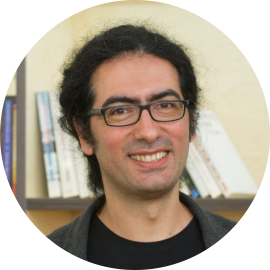
Web applications for helping autistic people and their families
A discussion between scientists working in the Human Genetics and Cognitive Functions Unit and the parent of an autistic child at the end of a family information day organized by the Institut Pasteur gave rise to the idea of web applications for helping autistic people and their friends and families. "Research in biology is a slow process, and results generally take time to achieve," explained scientist Roberto Toro. "The idea here was to offer support and solidarity to patients and their families within a very short time frame." Scientists at the Institut Pasteur therefore enlisted the help of the Ecole 42 computer programming school, which jumped at the opportunity to become involved. Around fifteen students set to work on the "Interact" project, which encompasses a website (hosted by the Institut Pasteur) and three applications. These young developers worked for more than six months, drawing ideas from intensive discussions with scientists, clinicians, autism care specialists, parents of autistic children and also designers and health economists. In July of this year the first result of their labor, "Version 1", was unveiled – a website containing a knowledge tree, avenues of help for families, an interactive map of France showing autism care centers, etc., and the applications My voice, My day-to-day life and My night. My voice allows autistic children to communicate by choosing and showing images on a tablet, and provides useful statistics for parents to monitor their children. My day-to-day life serves to quantify an autistic child’s behavior; the application may be shared by all those in the child’s immediate circle, and gives an assessment of changes in his or her development, so that care can be adapted accordingly. My night is designed for use with autistic children who have sleep disorders (3 out of 4): the application is launched and the phone is placed in a corner of the bed, where it records movements during sleep and therefore tracks the phases of sleep; sleep rhythm, agitation, and the time taken to fall asleep may also be recorded.
Data gathered using these applications may also be useful to scientists and shared with them if users wish. Sharable (non-identifying) data will be stored at the Institut Pasteur and available to all.




